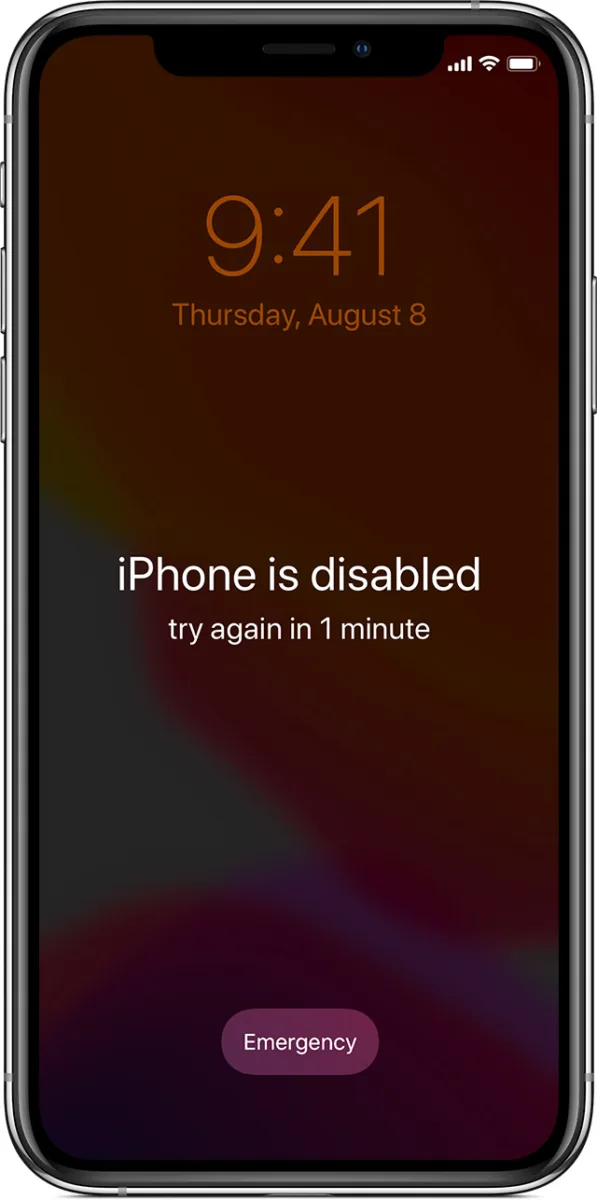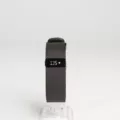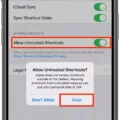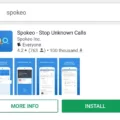Having trouble with your iPhone X? Are you seeing an “iPhone is disabled” message when you try to unlock it? Don’t worry – this is a problem many iPhone X owners have encountered, and luckily it can be easily fixed.
The iPhone X is one of the most advanced Apple devices on the market, offering features such as facial recognition, wireless charging, and an edge-to-edge OLED display. Unfortunately, all these great features come with one major drawback: if too many wrong passcode attempts are made, the phone will lock itself to protect your data. In this case, you’ll need to erase your device and then re-sync it with iTunes.
So how do you erase your device when it’s locked? First, go to iCloud.com on a computer or another device and log in to your iCloud account (Apple ID). Then click on “Find iPhone” > Click on the “All Devices” option > Select the device that has been disabled > Click “Erase iPhone”. Afterward, your device will reset back to factory settings and all data will be removed.
Once your device has been erased, re-sync it with iTunes by connecting your phone to a computer using the provided USB cable. Once connected, open iTunes and follow the instructions on the screen so that all of your data is stored properly and securely.
We understand how frustrating it can be when you encounter an issue like this with an expensive piece of technology like an iPhone X – but luckily there are some simple steps you can take to fix a disabled phone quickly and easily!
Fixing a Disabled iPhone X Without iTunes
If your iPhone X has been disabled and you don’t have access to iTunes, you can use iCloud to erase it. To do this, go to iCloud.com on a computer or another device, log in to your iCloud account (Apple ID), and click on “Find iPhone.” Then click on the “All Devices” option and select the device that has been disabled. Finally, click “Erase iPhone” and your device will reset back to factory settings with all data removed.

Fixing an iPhone that is Completely Disabled
To fix an iPhone that is completely disabled, you will need to erase your device and remove the lock and passcode. This can be done by connecting your iPhone to a computer with iTunes installed. Once connected, you will need to select your device from the list in iTunes, then click “Restore” to erase it. Once the process is complete, you can set up your device from scratch as if it was new. It is important to note that this process will delete all of your data on the device.
Unlocking a Disabled iPhone Without Erasing Data
Yes, it is possible to unlock a disabled iPhone without erasing the data. To do this, you will need to use your Apple ID and password to confirm your identity. Once verified, you will be able to reset the iPhone and unlock it without deleting any of your data. You can also restore the device from an iCloud or iTunes backup if you have one available. This will allow you to unlock a disabled iPhone without losing any information.
Factory Resetting an iPhone Using Buttons
To factory reset your iPhone with just the buttons, you will need to press and quickly release the Volume Up button, followed by the Volume Down button. Then press and hold the Side button until the Apple logo appears on the screen, then release the Side button. Your iPhone will now begin to reset, which can take a few minutes to complete. Once it is done, your phone will be restored to its original factory settings.
Recovering a Disabled iPhone
Yes, a disabled iPhone can be recovered. To do this, you will need to use either Finder, iTunes, iCloud, or Recovery Mode. Each of these options will erase your device, so you should make sure that any important data is backed up beforehand. After erasing your device, you can restore it using either an iTunes or iCloud backup. It’s important to note that this process will completely reset the device back to factory settings and all data from your phone will be lost.








